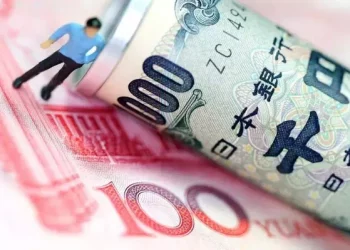The Australian Dollar (AUD) experienced a pullback against the Japanese Yen (JPY) on Friday, with the AUD/JPY pair trading around 101.60 during early European hours. This decline follows growing concerns over former President Donald Trump’s proposals to raise tariffs on Chinese imports, a move that poses risks for Australia, one of China’s largest trade partners.
Despite this setback, the downside for the Australian Dollar may be limited by a hawkish stance from the Reserve Bank of Australia (RBA). On Tuesday, RBA Governor Michele Bullock reinforced the central bank’s commitment to maintaining a restrictive monetary policy, citing persistent inflationary pressures and a strong labor market. This came after the RBA decided to keep the Official Cash Rate (OCR) unchanged at 4.35%, marking its eighth consecutive pause.
In addition to these factors, the AUD/JPY pair also faces pressure from Japanese authorities. Japan’s Finance Minister, Katsunobu Kato, commented on Friday that the government would “closely monitor” the effects of Trump’s tariff policies on Japan’s economy. Kato emphasized the importance of stable currency movements that reflect economic fundamentals, warning that Japan would take necessary actions in response to any excessive fluctuations.
Meanwhile, Japan’s economic data showed declines in both real wages and household spending for the second consecutive month in September. This weak economic performance is expected to dampen inflation expectations, potentially delaying the Bank of Japan’s plans for a rate hike. Coupled with Japan’s political challenges and a prevailing risk-on market sentiment, these factors are likely to limit any significant gains for the safe-haven Yen.
Related Topics:
























